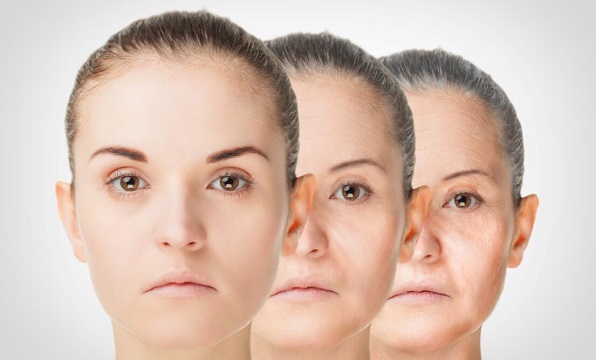Stem cells responsible for ‘thinking’ brain cells identified
Scientists have identified a sub-type of stem cell responsible for neuron development within the cerebral cortex associated with higher-level brain function. A recent publication in the journal Science suggests these cells may have been important in the evolution of the human brain and could boost our understanding of advanced cognition in humans.
Previously all cortical neurons were thought to originate from the same class of stem cells, known as radial glial cells (RGCs). However, the study revealed a distinct population of RGCs in mice embryos that gave rise to upper layer neurons in the outer region of the brain, which is where higher thinking functions are located. The upper layer is also believed to be the ‘newest’ in evolutionary terms.
‘Advanced functions like consciousness, thought, and creativity require a lot of different neuronal cell types and a central question has been how all this diversity is produced in the cortex’, said Dr Santos Franco of the Scripps Research Institute, California and first author of the paper. ‘Our study shows this diversity already exists in the progenitor cells’.
The development process of upper layer neurons was traced in a specially engineered line of mice. A marker gene, Cux2, known to be expressed only by upper layer neurons, was linked to a series of genes which glow fluorescent red when activated.
The scientists could monitor the cells expressing Cux2 under the microscope, observing that even at the earliest time point in embryonic brain development, the cells almost exclusively generated upper layer neurons. Meanwhile, the subgroup of RGCs not expressing Cux2 became lower layer neurons. The authors conclude that the specific fate of cortical neurons is pre-determined independent of birth date or location.
Upper layer cortical neurons are especially abundant in the human brain and these stem cells could in future help provide treatments for disorders such as schizophrenia and autism. ‘This opens a door now to try to make these neurons, which are frequently affected in psychiatric disorders’, said Professor Ulrich Mueller who led the research team.
But Professor Uta Frith of University College London’s Institute of Cognitive Neuroscience, told the New Scientist: ‘There is still a chasm between neuro-cognitive explanations of autistic symptoms and mechanisms in terms of cell structure. To put these two levels of explanation together is a big task’.






SUBSCRIBE TO OUR NEWSLETTER